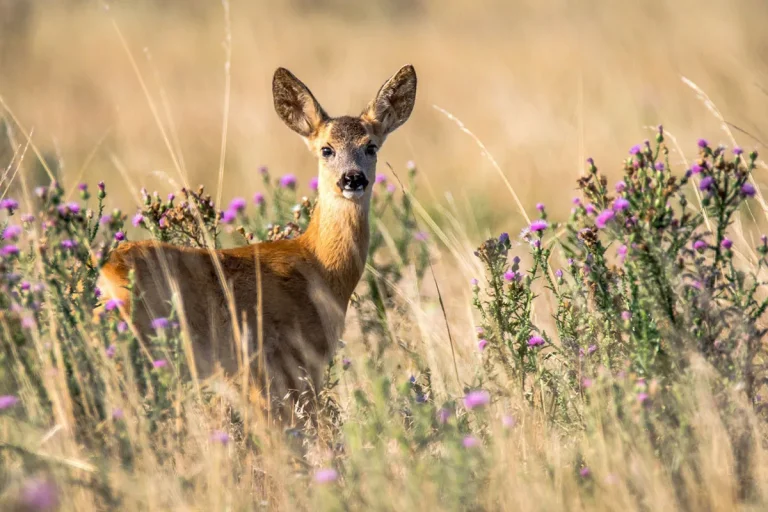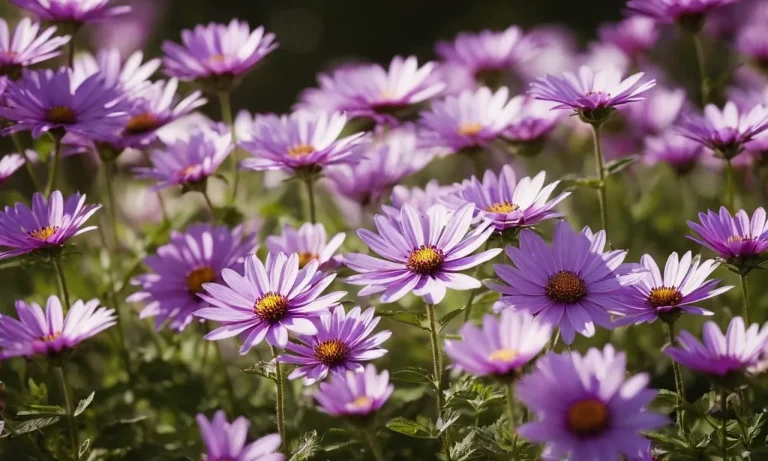Bamboo is more than just a plant – it holds deep spiritual and symbolic meaning in many cultures and religions throughout Asia. If you’re wondering what bamboo represents, this comprehensive guide explores its significance.
If you’re short on time, here’s a quick answer: Bamboo represents strength, flexibility, luck, protection, abundance, and more due to its fast growth, resilience, and many uses.
In this nearly 3000 word guide, we’ll explore the history of bamboo, its practical and ornamental uses, and finally, the extensive symbolic meanings and spiritual wisdom the bamboo embodies in Buddhism, Confucianism, Daoism, Feng Shui, and more.
The History and Uses of Bamboo
A Brief Background on Bamboo
Bamboo is one of the most useful plants on our planet. This versatile grass has a long history of use dating back thousands of years in Asia and Africa. In China, bamboo was used to create paper and woven into mats over 5,000 years ago!
Today, there are over 1,000 documented uses for bamboo, ranging from construction to fabric production.
Practical Uses of Bamboo
When most people think of bamboo, they imagine the tall woody stems used in gardens and home decor. But bamboo has emerged as an eco-friendly and sustainable resource that serves many practical functions:
- Construction Material – Bamboo is strong, durable, and lightweight. It can be used to build scaffolding, housing, furniture, flooring, and more.
- Textiles & Crafts – Bamboo fiber is made into cloth, paper, baskets, musical instruments, and various handicrafts.
- Food Source – New bamboo shoots and leaves are edible and rich in nutrients.
- Medicine – Parts of the bamboo plant have antioxidant, antiviral, and anti-inflammatory properties used in natural remedies.
With its rapid growth and immense versatility, it’s no wonder bamboo has become popular for green solutions to many everyday needs.
Bamboo in Art and Culture
In addition to its functional uses, bamboo holds symbolic meaning in numerous cultures. In China, bamboo represents the values of integrity, elegance, and resilience. Specific numbers of bamboo stalks are gifted during celebrations like Chinese New Year for their auspicious associations.
Bamboo also features prominently in Japanese art, conveying core principles like simplicity, balance, and tranquility. From Sumi-e ink wash paintings to the bamboo fountain in Kyoto’s Kinkaku-ji temple, bamboo artwork exemplifies natural beauty in Japanese aesthetics.
| Use | Example |
|---|---|
| Music | Flutes and reed pipes made of bamboo are used in Chinese and Japanese folk music. |
| Poetry & Literature | Bamboo groves are the setting for poetic works like The Tale of the Bamboo Cutter, the oldest extant Japanese prose narrative. |
This versatile plant intertwines Asian culture, visual arts, architecture, food, and beyond. Whether split for weaving or left to sway gracefully outdoors, bamboo remains an enduring symbol of life’s essentials.
Symbolic Meanings of Bamboo in Asian Spirituality
Bamboo Symbolism in Buddhism
In Buddhism, bamboo represents flexibility and resilience. Just as bamboo sways and bends rather than breaking in storms, Buddhists strive to adapt without losing integrity. Bamboo also symbolizes uprightness, elegance, and purity due to its straight shape and hollow interior.
Species like Bambusa vulgaris that have alternating yellow and green stripes are associated with the Buddhist flag.
Bamboo Symbolism in Confucianism
Confucian scholars have long admired bamboo for its integrity, decorum, and dignity. Its evergreen foliage signifies vitality and perseverance, while its hollow stem embodies the virtues of modesty and humility.
Bamboo groves also represent the ideal abode for a gentleman scholar in a landscape painting.
The great Neo-Confucian philosopher, Zhu Xi, extolled bamboo in his writings: “Among flowers and trees, nothing surpasses bamboo in symbolizing modest integrity. The inner substance matches the outer appearance.”
He frequently compared bamboo to the noble man whose inner strength reflects moral purity.
Bamboo Symbolism in Daoism
In Daoism, bamboo symbolizes integrity, resilience, and longevity – the three attributes necessary to achieve wu wei, the Daoist concept of effortless action. Flexible yet upright, bamboo adapts without resistance, remaining humble while attaining great heights, much like the Daoist sage.
Bamboo is considered one of the “Four Gentlemen” alongside the orchid, chrysanthemum and plum blossom. These four plants exemplify the virtues esteemed in Chinese scholar-art, with bamboo signifying winter and the northeast direction.
Bamboo in Feng Shui
Bamboo is extensively used in feng shui for its ability to draw qi, or life force. With evergreen leaves and upright shape, it channels positive energy while blocking negative influences. Placing bamboo near thresholds harmonizes the transition between spaces.
In feng shui, the number of bamboo stalks has symbolic meanings – two stalks represent love and marriage, three health and happiness, five prosperity and so forth. The sound of bamboo leaves rustling in wind chimes is believed to enhance the inflow of auspicious qi.
In Asian gardens, miniature ornamental bamboo designs showcased in stone or water signify longevity, resilience, and getting through hardship. Known as keshiki in Japanese zen gardens, these compositions capture the adaptability of bamboo bending and swaying in storms without uprooting.
The Bamboo Plant and its Lessons
Strength and Flexibility
Bamboo is known for its impressive strength and flexibility. As storms arise, bamboo sways and bends instead of breaking, symbolizing the spiritual qualities of adaptability and resilience. Just as bamboo adapts to the environment, we can face life’s difficulties with an open and malleable mindset.
By flowing with change instead of resisting it, we demonstrate inner fortitude.
Resilience and Rebirth
Bamboo exhibits remarkable resilience and an ability to constantly renew itself. After bamboo has been harvested, new shoots sprout up with vigor from the same root system. This regeneration symbolizes the human capacity to recover from challenges and grow into an even stronger version of oneself.
Like the bamboo, which springs back up season after season, we can emerge strengthened from painful experiences.
Abundance and Prosperity️
In many Asian cultures, bamboo represents prosperity and plentiful blessings due to its rapid growth – up to 35 inches in just 24 hours! As one of the fastest growing plants on the planet, bamboo inspires us to cultivate abundance in our lives whether in the form of financial gain, loving relationships, or personal fulfillment.
Its tall stature calls us to set lofty goals and expand our vision of what’s possible.
Protection and Guidance
In feng shui, bamboo is believed to guard against negative external forces and bless a home with divine protection. According to Buddhist legends, bamboo offered shelter to the Buddha from stormy weather as he attained enlightenment.
Due to this history, bamboo conveys spiritual shielding from life’s hardships as well as inner guidance to discover our higher purposes in times of turbulence and doubt.
Conclusion
In this comprehensive guide, we explored bamboo’s rich history, its many practical uses, and the profound wisdom and lessons it imparts. Across Buddhism, Confucianism, Daoism and more, bamboo represents strength, resilience, abundance, luck and protection.
Understanding bamboo’s significance provides deeper insight into Asian spirituality and worldviews. With its fast growth and many uses, the bamboo plant offers much guidance on how we can face life’s storms, prosper, and live in harmony with nature.






